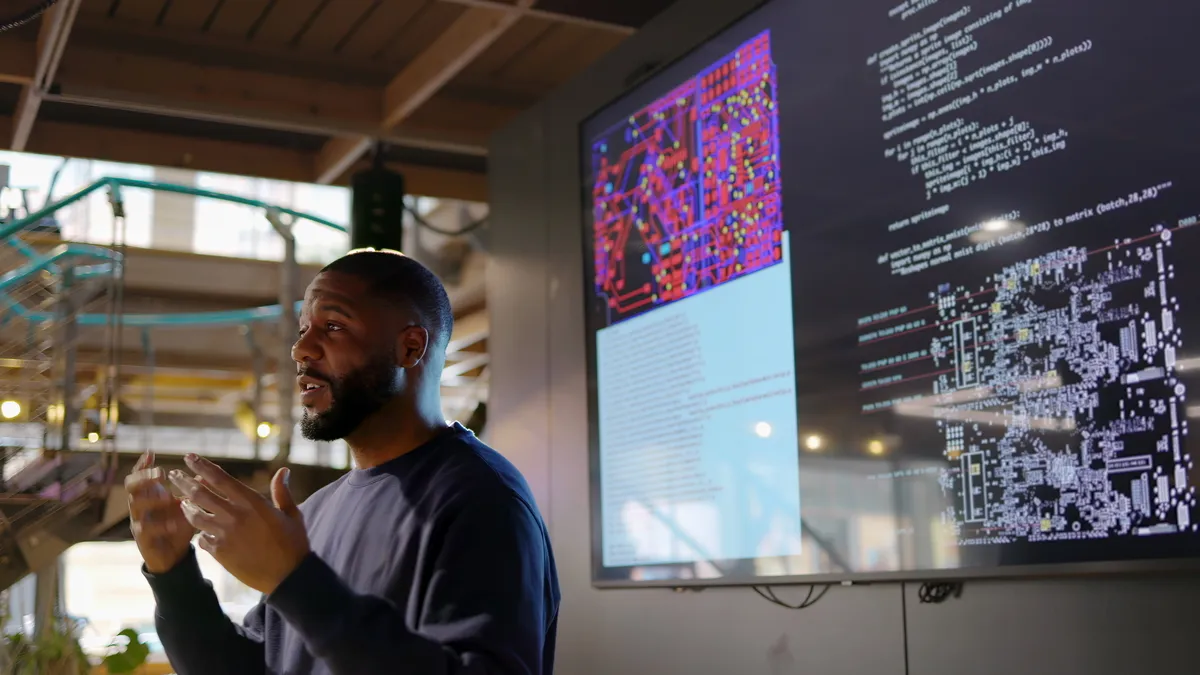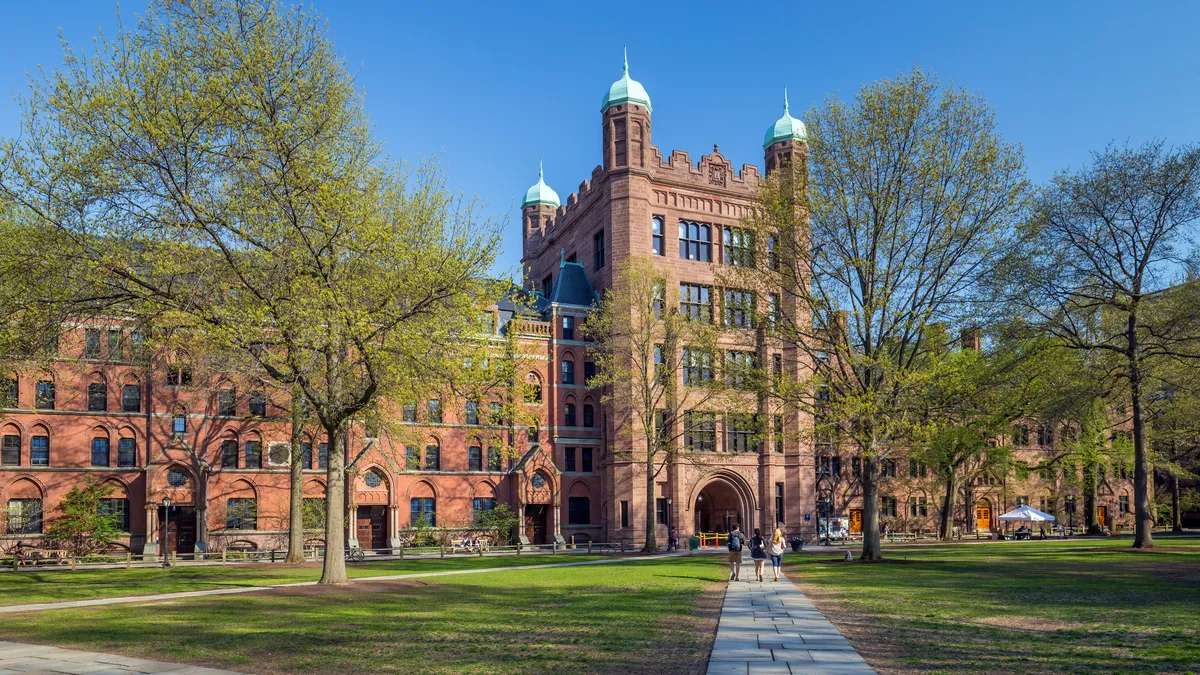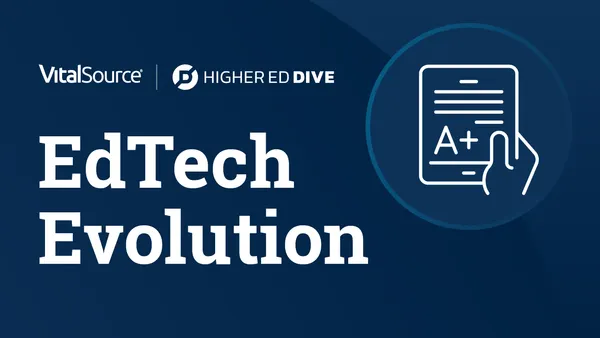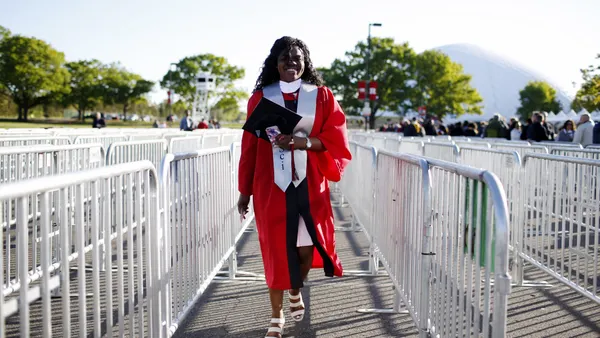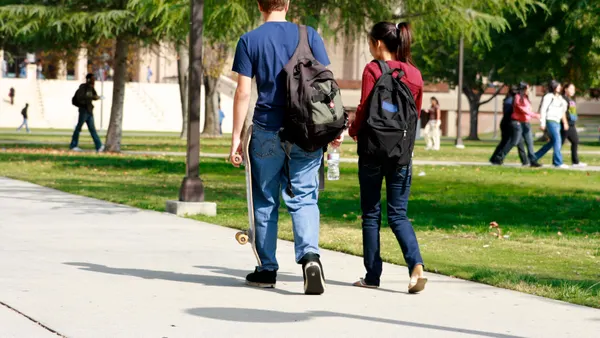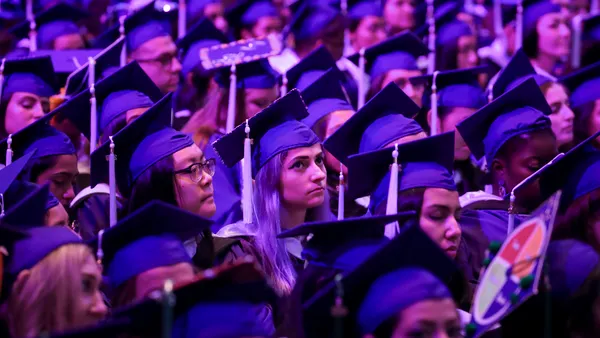Dive Brief:
- Teens’ postsecondary plans are shifting, with just 45% of students in grades 7-12 seeing a two- or four-year college as their most likely next step in 2024, according to a new survey from national nonprofit American Student Assistance. That’s down from 73% in 2018.
- Over the same period, interest in nondegree education pathways like vocational schools, apprenticeships and technical boot camp programs more than tripled, from 12% in 2018 to 38% in 2024, the ASA survey found.
- Regardless of their goals after high school, the results show that students mainly view postsecondary education as the path to a good job, the report’s authors wrote.
Dive Insight:
School counselors are aware of the increasing variety of postsecondary options, which comes with an increased responsibility to be knowledgeable about how these pathways work.
At Garner Magnet High School in North Carolina, Stephanie Nelson and her colleagues utilize the “Three E’s” — enrollment, enlistment, employment and entrepreneurship. She said she has senior meetings with students to get an idea of what they’re interested in, which helps guide what their next steps should be.
“We're helping to offer internships and job shadowing in a variety of fields so that students can kind of weigh their strengths and weaknesses or their likes,” said Nelson, a counselor at the high school.
Steve Schneider of Sheboygan South High School in Wisconsin has been a school counselor for 25 years. He’s noticed that while counselors and students have caught up to the benefits and importance of these alternative pathways, there is still a stigma when students don’t follow the traditional college path after high school.
The ASA survey found that more than 9 in 10 teens have discussed post-high school plans with their parents, but nearly a third of teens said their parents disagreed with their plan to join a nondegree program. According to survey responses, more teens said their parents disagreed with pursuing a non-college path (30%) than skipping a formal postsecondary path altogether (21%).
“I think everyone's initial response is, ‘Oh, that's a waste of potential, you should go on to school,’” Schneider said. He added that the conversation with parents about alternative options can be challenging, but it is important to advocate for what the student wants while ensuring both sides understand where the other is coming from.
He said the social stigma can often be systemic, especially if there are only resources being put into college as a postsecondary pathway — such as AP courses and dual credit courses — but not enough career and technical education courses and opportunities to explore whether these other pathways are a good fit.
The survey also found that teens feel more prepared to make plans for the future, with 82% reporting they are confident in future-planning resources, an increase from 59% in 2018. The biggest increase was at the middle school level, which rose 30 percentage points from 2018.
Diana Virgil is a high school counselor at Daleville High School in Alabama, where she works alongside a career coach to prepare students to start thinking about their post-secondary options. She emphasized the importance of starting before students are in 12th grade to make sure that they are working toward these goals throughout their high school career.
“We always start the question off as, 'What does your lifestyle look like for you? What do you want your lifestyle to look like in the future?' We try to gauge from there, and then we start going into the career assessments,” she said. “Since we are small, that is the advantage. You get to know more about their background, their upbringing, and why they're interested. And I think that has really just been a driving force for us.”
ASA’s survey report recommends starting as early as middle school to help teens assess their interests and strengths through hands-on, work-based learning. Schools should also provide data and transparency on workforce outcomes to best equip students to plan for their future, ASA said.
The survey’s sample included 3,057 students in grades 7-12.
Correction: A previous version of this story used the wrong first name for school counselor Steve Schneider. We have updated our story.

